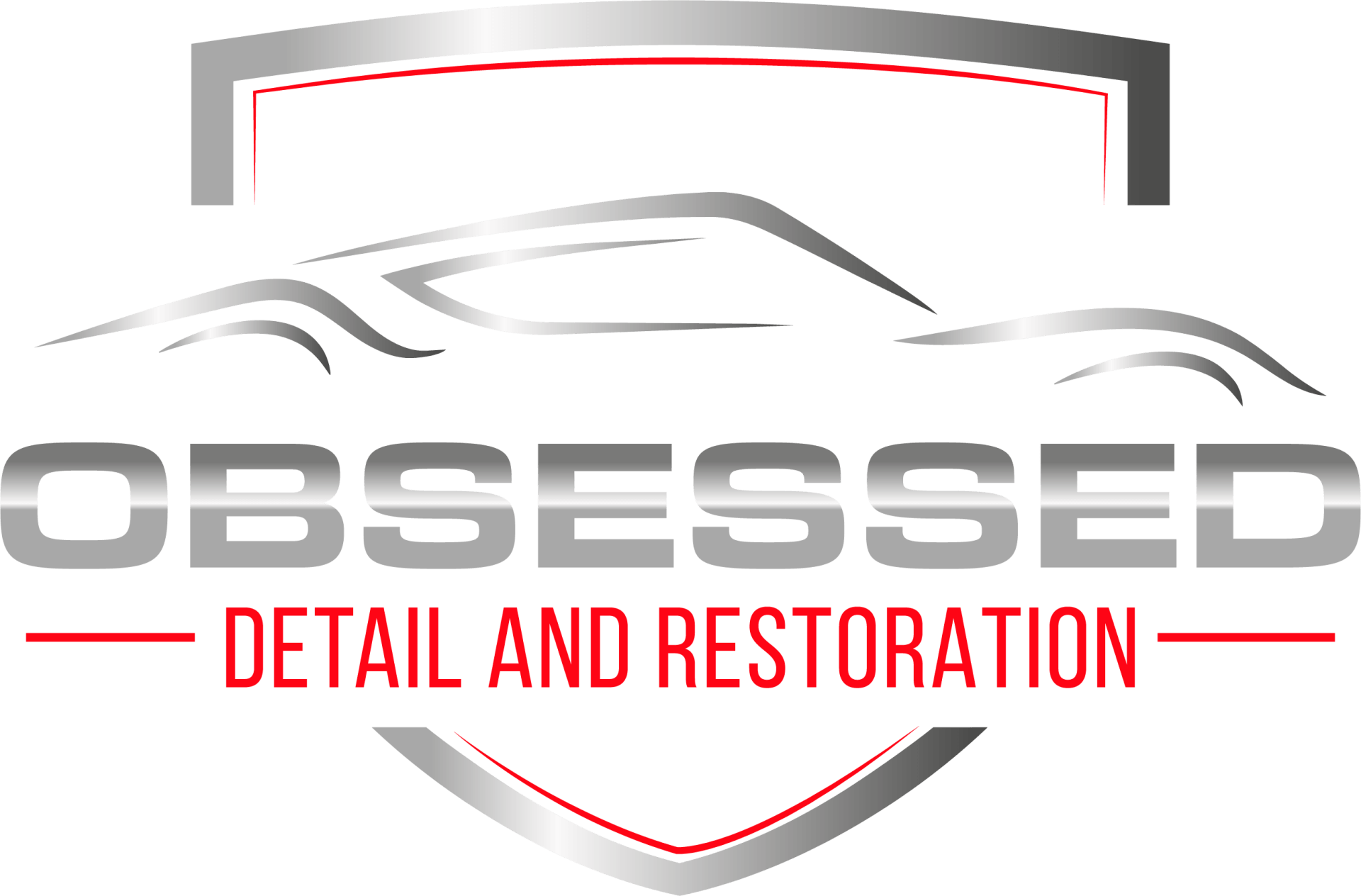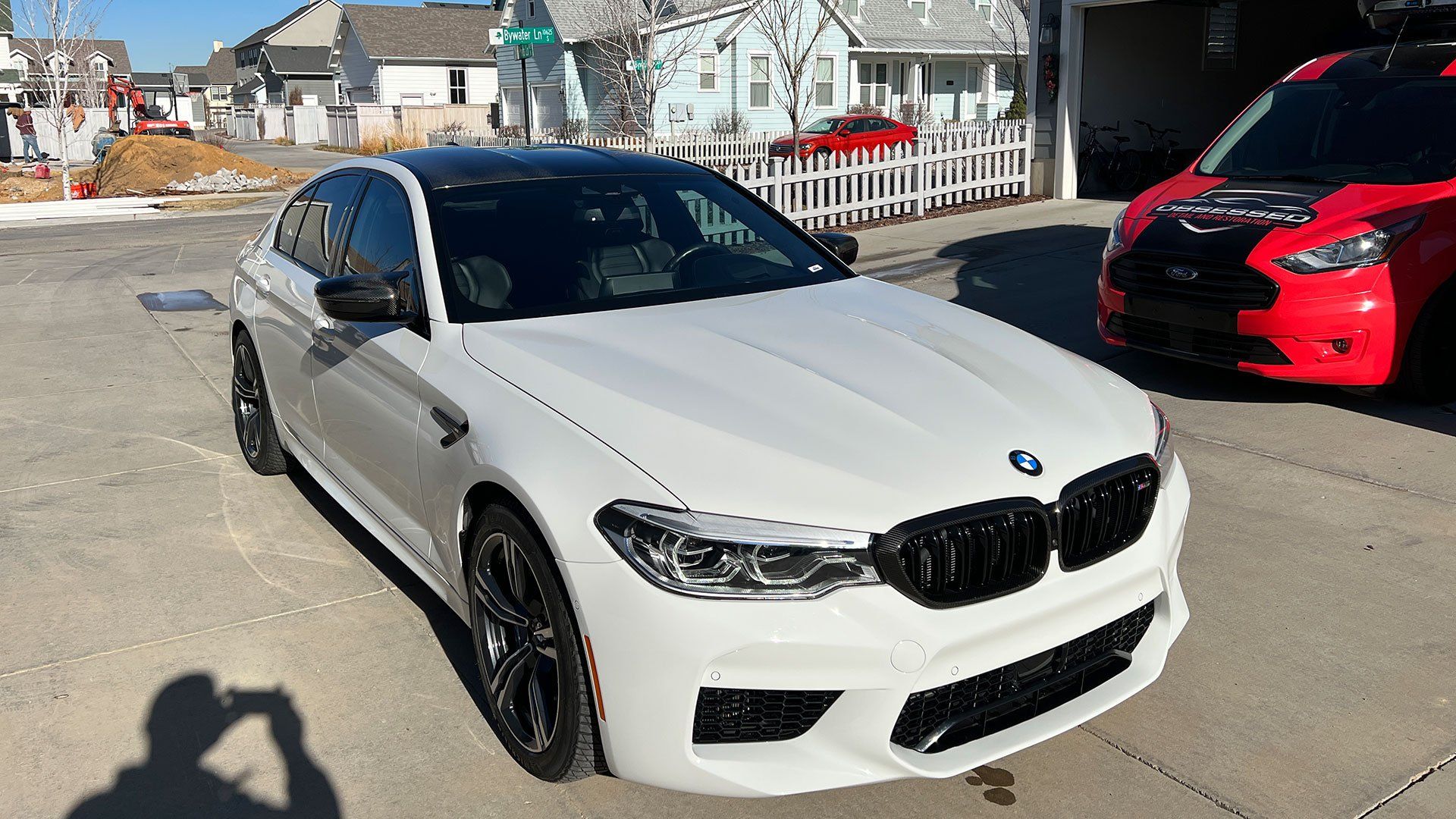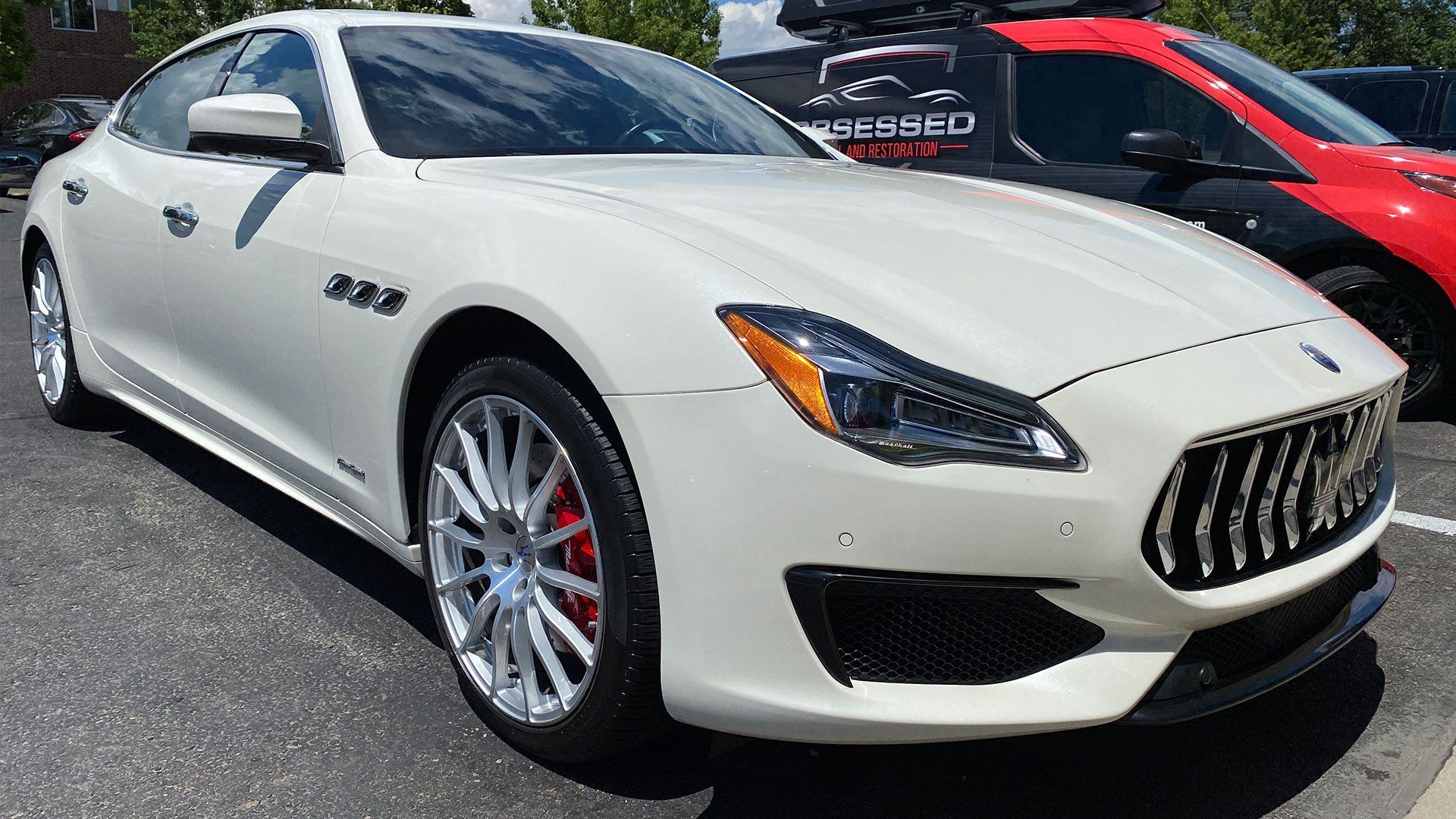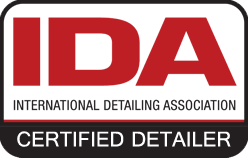Can Multiple Layers of Ceramic Coating Affect Paint Protection Film Adhesion?
Ceramic car coatings are renowned for their exceptional ability to protect vehicles from environmental elements, providing a glossy finish and durability. For vehicle owners in South Jordan, Utah, ceramic paint protection offers an appealing option to preserve the car’s appearance. However, layering multiple ceramic coatings has raised concerns among professionals about its potential impact on paint protection film (PPF) adhesion. While ceramic coatings enhance a vehicle’s defenses, they also alter the paint’s surface properties, potentially introducing challenges during PPF application.
Understanding how ceramic coating layers interact with PPF is crucial for anyone seeking the benefits of both technologies. In auto exterior detailing services in South Jordan, Utah, the compatibility of ceramic coatings with PPF has become an increasingly discussed topic. Let’s explore eight unique ways multiple ceramic layers can influence PPF adhesion and how to address these considerations for optimal results.
How Does Temperature Sensitivity Impact PPF Installation?
Temperature plays a critical role in the PPF installation process, as the adhesive requires specific thermal conditions for proper bonding. When multiple ceramic coating layers are applied, they can create varying thermal expansion rates. This means the surface reacts differently to temperature changes during PPF installation, complicating the process. For instance, if the layered ceramic coating expands at a different rate than the adhesive layer of the PPF, it can lead to uneven adhesion or edge lifting.
In South Jordan, Utah, where temperatures can fluctuate dramatically between seasons, this variability becomes even more pronounced. Installers must carefully control the working environment to ensure the PPF adheres properly. Preconditioning the vehicle’s surface to match the optimal temperature range is essential for minimizing the risk of adhesion failure.
Vehicle detailing in South Jordan, Utah, often incorporates advanced tools to monitor surface temperatures during PPF application. By addressing these temperature sensitivity issues, professionals can ensure a seamless finish despite the challenges introduced by multiple ceramic coating layers.
Can Chemical Resistance Interfere with Adhesive Bonding?
One of the key benefits of ceramic car coating in South Jordan, Utah, is its enhanced chemical resistance. However, when multiple layers of ceramic coatings are applied, this resistance can stack, creating a surface that is impervious to many substances—including the solvents used in PPF adhesives. Proper surface wetting is critical for PPF adhesion, but layered ceramics may repel these solvents, leading to adhesion challenges.
The chemical resistance provided by ceramic coatings is excellent for protecting against environmental contaminants, but it requires special attention during PPF installation. Installers often need to modify the adhesive application technique, such as using stronger adhesion promoters or specialized surface preparation products.
Ceramic paint protection in South Jordan must strike a balance between layering for durability and ensuring compatibility with PPF adhesives. Professional detailers can evaluate the number of ceramic layers applied and adjust their approach to ensure successful PPF installation.
Do Multiple Layers Trap Air Pockets?
Layering ceramic coatings can unintentionally create microscopic air pockets between the layers. These air pockets may not be noticeable until pressure is applied during PPF installation. As the film adheres, the trapped air can expand, leading to delayed bubble formation that disrupts the smooth appearance of the PPF.
This issue is particularly relevant in car detailing ceramic coating services in South Jordan. Detailers must take extra precautions to minimize air entrapment during ceramic layer application. Proper curing time between layers is critical to ensure a uniform surface free from internal voids.
During PPF installation, using heat and pressure to address potential air pockets becomes essential. Advanced techniques, such as precision squeegee work and heat application, can help eliminate these bubbles, ensuring the PPF adheres evenly across the ceramic-coated surface.
How Do Hydrophobic Properties Affect Adhesion?
Ceramic coatings are known for their strong hydrophobic properties, which repel water and other liquids. However, this same feature can pose challenges during PPF installation. Many PPF adhesive systems are water-based, relying on surface moisture for proper bonding. When multiple ceramic layers are present, their hydrophobic nature actively repels the adhesive’s water-based components, creating immediate installation challenges.
Auto exterior detailing in South Jordan, Utah, often addresses this issue by modifying the PPF installation process. Installers may use adhesives with enhanced bonding capabilities or adjust the surface preparation to counteract the hydrophobic effects. This ensures the adhesive can make proper contact with the ceramic-coated surface.
Detailers specializing in ceramic car coating in South Jordan understand the importance of balancing hydrophobic performance with PPF compatibility. Proper planning and execution during installation can overcome these challenges while preserving the benefits of ceramic paint protection.
Can Contaminants Between Layers Impact PPF?
Each layer of ceramic coating increases the risk of trapping contaminants, such as dust or debris, between the layers. Over time, these trapped particles can migrate to the surface, potentially interfering with PPF adhesion points. Even microscopic contamination can disrupt the adhesive’s ability to form a secure bond.
To mitigate this risk, professional ceramic paint protection in South Jordan emphasizes thorough cleaning and controlled environments during the layering process. Ensuring each layer is applied under optimal conditions reduces the likelihood of cross-contamination and enhances the surface’s compatibility with PPF.
During PPF installation, additional surface cleaning steps may be required to remove any contaminants that have migrated. This attention to detail ensures the PPF adheres seamlessly, even when applied over multiple ceramic coating layers.
Does Light Refraction Affect PPF Appearance?
The addition of multiple ceramic layers alters the way light interacts with the vehicle’s surface. These changes in light refraction can affect the clarity of the PPF, leading to unexpected visual distortions. While these distortions may not impact the protective properties of the PPF, they can detract from the vehicle’s overall appearance.
For vehicle detailing in South Jordan, Utah, maintaining the visual quality of both ceramic coatings and PPF is a priority. Installers must consider how layering affects light transmission and adjust their techniques accordingly. Choosing high-quality PPF products designed for compatibility with ceramic-coated surfaces can help minimize these issues.
By addressing light refraction changes during the planning stage, detailers can ensure that both the ceramic coating and PPF enhance the vehicle’s appearance without compromising clarity.
How Do Nano-Level Disruptions Affect Self-Healing PPF?
Multiple ceramic layers can interact in ways that create nano-scale surface irregularities. These disruptions may interfere with the self-healing properties of some PPFs, reducing their effectiveness. Self-healing films rely on smooth, even surfaces to activate their repair mechanisms when exposed to heat or sunlight.
Auto exterior detailing in South Jordan, Utah, must account for these nano-level disruptions during PPF installation. Careful surface preparation and selecting PPF products with robust adhesion properties can mitigate these challenges. Detailers can also tailor the number of ceramic layers applied to balance protection and compatibility.
Understanding the interaction between ceramic coatings and PPF self-healing technology is essential for achieving optimal results. Professional detailers in South Jordan specialize in creating customized solutions that address these complexities.
How Does Pressure Distribution Affect Adhesion?
Multiple ceramic layers change how pressure is distributed across the vehicle’s surface during PPF installation. Uneven pressure can lead to inconsistent adhesion patterns, resulting in areas where the PPF may lift or fail to bond properly. This is particularly problematic on complex surfaces with curves or edges.
Car detailing ceramic coating services in South Jordan address this issue by adjusting the installation techniques. Using specialized tools and applying consistent pressure ensures uniform adhesion, even on surfaces with multiple ceramic layers. Precision and patience during the process are key to overcoming these challenges.
For ceramic paint protection in South Jordan, professional detailers can evaluate the surface and recommend the best approach to ensure both the ceramic coating and PPF perform as intended. Proper planning and execution ensure that your vehicle receives the best protection possible.
Protect Your Vehicle with Expert Ceramic Coating and PPF Installation
Ensure your vehicle receives expert ceramic coating and PPF installation services.
Contact Obsessed Detail and Restoration in South Jordan today to schedule your appointment. Whether you need ceramic paint protection or seamless
PPF application, our experienced team delivers exceptional results. Call now to protect and enhance your vehicle!




